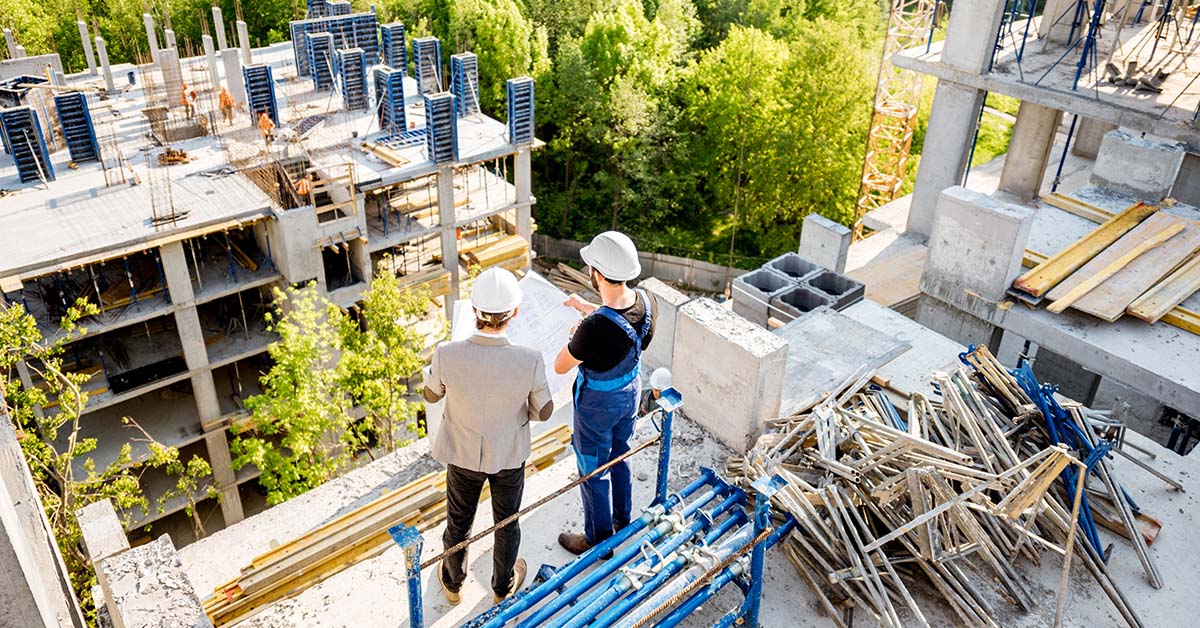The importance of construction vibration monitoring in demolition work
Demolition work plays a crucial role in the construction industry, allowing for the development of new structures and the revitalization of existing ones. However, it is essential to recognize that demolition activities can generate powerful vibrations that have the potential to cause significant damage to nearby structures and pose risks to the environment and public safety. To ensure safe and responsible demolition practices, adhering to specific guidelines and incorporating construction vibration monitoring is a key aspect of the demolition process.
6 components of successful demolition projects
Adhering to specific requirements is crucial for safe and effective demolition work. Here are some essential steps to consider:
- Site inspection and assessment: Before starting any demolition work, conduct a comprehensive site inspection to identify potential hazards, evaluate structural conditions, and assess the impact on neighboring structures.
- Structural analysis: Understand the structural characteristics of the building to be demolished, including its materials, load-bearing elements, and stability. This analysis helps determine the most suitable demolition techniques to minimize the nuisance to the surrounding areas.
- Use of specialized equipment: Employ specialized machinery and equipment designed to minimize vibrations during the demolition process. This includes using hydraulic crushers, shears, or saws instead of hammers or wrecking balls.
- Controlled demolition: Opt for controlled demolition techniques, such as selective dismantling or the use of explosives in a controlled manner, which can help minimize vibrations and structural damage.
- Monitoring plan: Develop a comprehensive construction vibration monitoring plan that includes the placement of monitoring equipment in strategic locations near the demolition site. Ensure monitoring is conducted to capture accurate data.
- Communication and notification: Maintain open lines of communication with nearby residents, businesses, and local authorities. Notify them about the demolition work, its schedule, and the precautions being taken to minimize vibrations and potential disturbances.
Checklist for implementing vibration monitoring during demolition activities
When it comes to the implementation of your demolition plan, vibration monitoring is a crucial step worthy of its own explanation. Approaching demolition vibration monitoring with care and consideration will allow you to avoid structural damage and provide you with the necessary documentation to fight any lawsuits that may be thrown your way. To effectively monitor construction vibrations during demolition work, the following steps are crucial:
☑️ Pre-demolition site assessment: Conduct a thorough inspection of the site to identify potential risks, evaluate the condition of nearby structures, and determine the most suitable monitoring locations.
☑️ Strategic sensor placement: Install vibration monitoring sensors in strategic locations near the demolition site. For instance, you might want to attach them to a building that could be negatively affected by the demolition vibrations. The sensors should be capable of accurately capturing vibrations and transmitting the data for real-time analysis.
☑️ Continuous monitoring: Maintain continuous monitoring of vibrations throughout the demolition process. This helps in evaluating the effectiveness of mitigation measures and ensuring ongoing safety.
☑️ Data analysis and mitigation: Regularly analyze the collected vibration data to assess the impact on nearby structures. Implement appropriate mitigation measures promptly if vibration levels exceed acceptable thresholds, ensuring the safety of neighboring buildings and structures.
Construction vibration monitoring is an essential component of responsible demolition work. By employing monitoring devices, construction professionals can protect the structural integrity of nearby buildings, comply with regulations, assess environmental impact, and address public concerns. Implementing a comprehensive construction vibration monitoring plan helps ensure the safety of structures, minimize environmental disturbances, and promote open communication within the community. Through diligent monitoring and proactive measures, you can achieve a balance between progress and safety in demolition work.
SWARM vibration monitor for your demolition project
If you require a reliable and accurate vibration monitoring device for your upcoming demolition activities, Omnidots has the perfect solution for you. Our fully integrated system features:
- the user-friendly SWARM vibration monitor
- and the cloud-based SaaS platform - Honeycomb.
With Honeycomb, you can conveniently access all your data from anywhere at any time. If you would like to learn more about our products, simply fill in the demo request form.
Share this
You May Also Like
These Related Stories

6 Honeycomb Features That Ease Construction Vibration Monitoring

Calibration Frequency: Geophone vs SWARM Vibration

